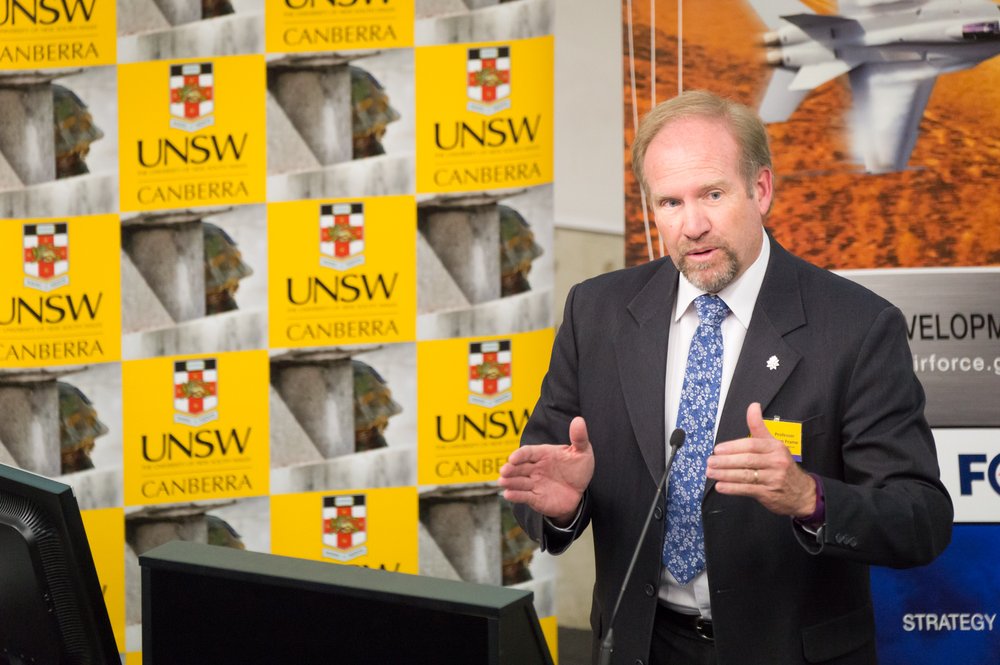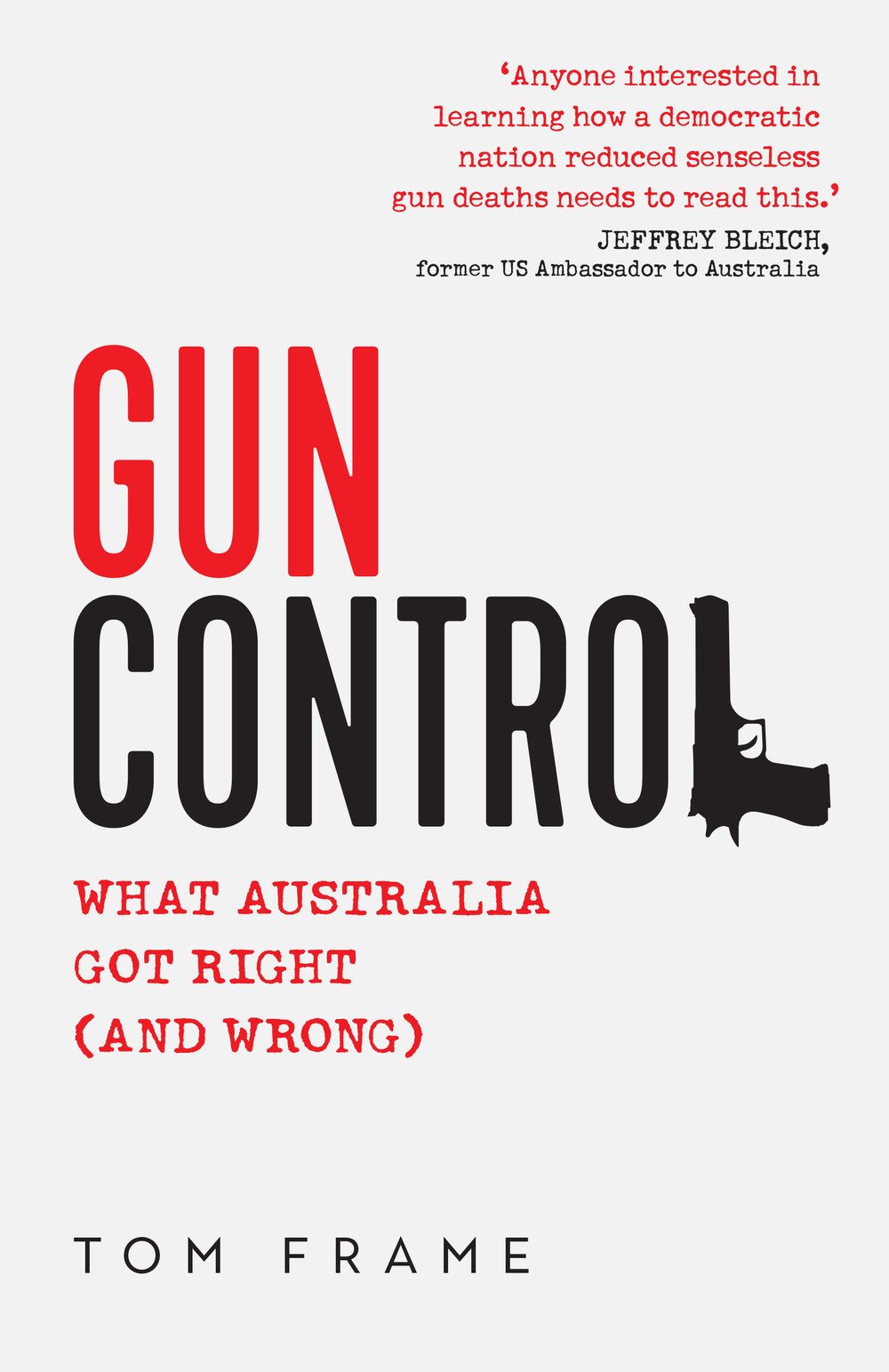Extract from Gun Control: What Australia got right (and wrong) by Tom Frame
Introduction
This book is about fear – principally fear of firearms – and what can and should be done to reduce that fear.
People are rightly fearful of what can happen when the wrong people gain access to firearms. There are certainly few things more frightening than shooting sprees in public places. In the United States, Britain, Australia and, most recently, in New Zealand, individuals acting alone and unaided have inflicted enormous pain and suffering, injury and death, with privately owned firearms. These events are random, senseless and unpredictable. There is residual fear of being shot by an unknown assailant. It could happen at any time and in any place. These incidents happen without warning and without provocation. The perpetrator’s objective is taking human life, killing people with whom the killer has no personal acquaintance and against whom they have no specific grievance. Unlike the political terrorist who can at least claim a cause imparting a point to their use of indiscriminate violence, shooting sprees in public places have no purpose beyond demonstrating an individual’s anger and hatred. If citizens are fearful of participating in public gatherings because no-one can assure their safety from extreme malevolence, political, economic and social life is brought to a standstill. Men and women, boys and girls, are no longer able to meet together freely to pursue their shared interests and common aspirations. Community life is debilitated and everyone is diminished.
Tragic shooting sprees at Port Arthur in April 1996 and at Christchurch in March 2019 changed the tenor of public life on both sides of the Tasman. The murders of 35 people at Port Arthur and 50 people in Christchurch left an indelible mark on the victims’ family friends and prompted everyday Australians and New Zealanders to demand tighter control of private firearm ownership. These terrible events could never be allowed to happen again. And because public safety is the first responsibility of government, the people demanded that their representatives regulate firearm ownership because pistols, revolvers, rifles and shotguns in the wrong hands become lethal weapons that are used to inflict serious injury and death.
The response of the New Zealand Government to the Christchurch massacre was still under consideration as this book was written. Legislators in Wellington were being urged to take notice of the Australian Government’s swift and decisive action aftrer Port Arthur. This book examines the decisions made in 1996 to deal with the Australian community’s fear of firearms and the possibility of another shooting spree in a public place. These decisions were welcomed at home and applauded abroad – then and now. The National Firearms Agreement (NFA) was considered the ‘gold standard’ of regulation.
The NFA marked an important turning point for community safety in Australian history. Most commentators believed Australia ‘got it right’. Private owners were licenced; personal firearms were registered; and, thousands of firearms, including those now banned, were relinquished and destroyed. A shooting spree in a public place was now much less likely and, with the imposition of tight restrictions on the private ownership of semi-automatic centrefire rifles – the type of firearm that had been used to kill so many people in Tasmania – a shooting spree was much less likely to result in substantial casualties.
But Australia also ‘got things wrong’. There were miscalculations and mistakes that have become more apparent with the passage of time. Not everyone was convinced the NFA had made people safer and, without regard to fear within the community, pledged themselves to amending the NFA. Some of the proposed amendments reflected individual self-interest and overlooked the terrible events at Port Arthur and the need to avoid a repeat. Others were based on important principles and the existence of evidence showing the NFA was deficient and defective. In the shadow of the Christchurch massacre and mindful of resurgent right-wing political extremism, this book considers the reality of community fears of lax firearm regulation, the reasonable expectation that people are protected from harm and the entitlement of citizens to conduct their business and enjoy their recreation free from unnecessary government interference. These are vitally important issues that deserve much deeper consideration than the slogans that are usually trotted out by those who advocate or oppose any change to the NFA.
Tom Frame's book Gun Control: What Australia got right (and wrong) will be published by NewSouth in September 2019.



